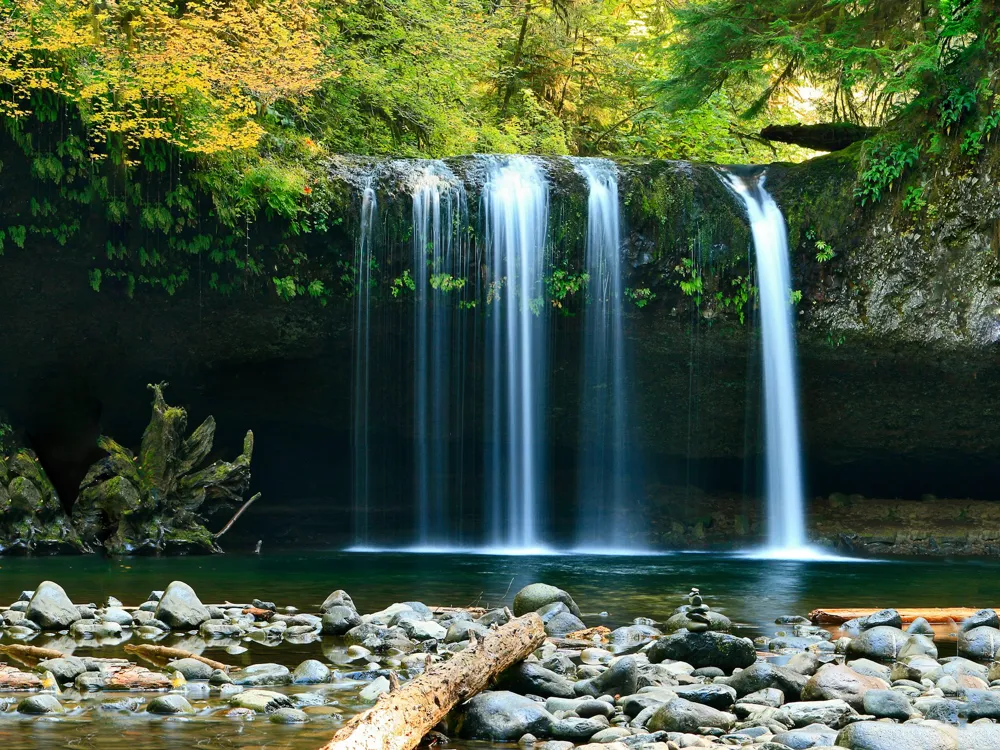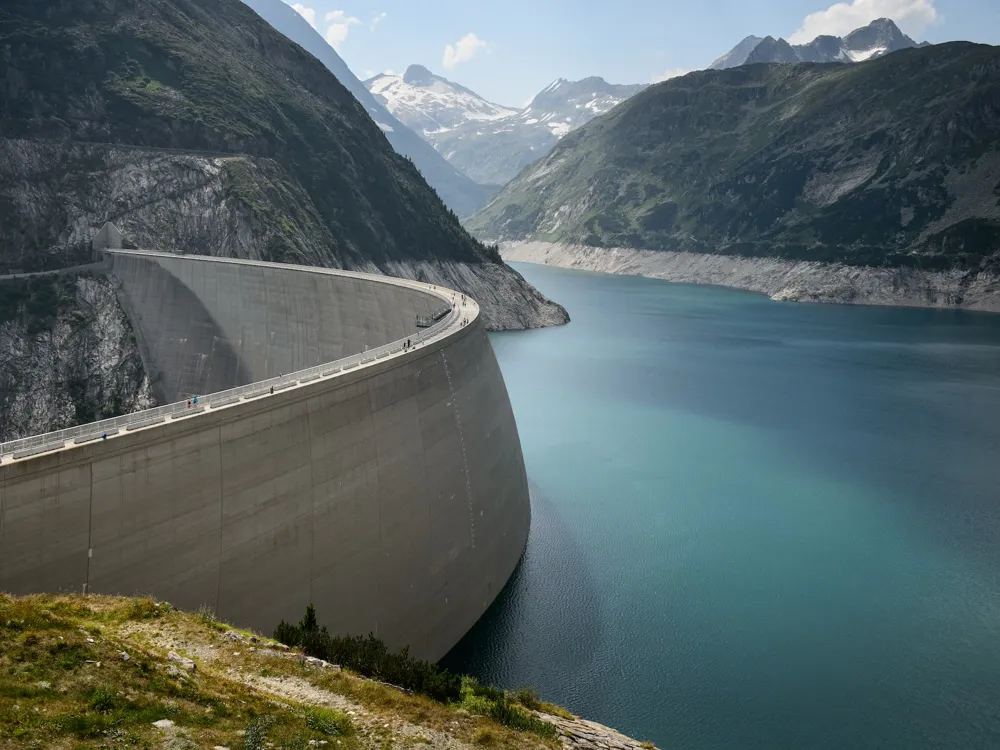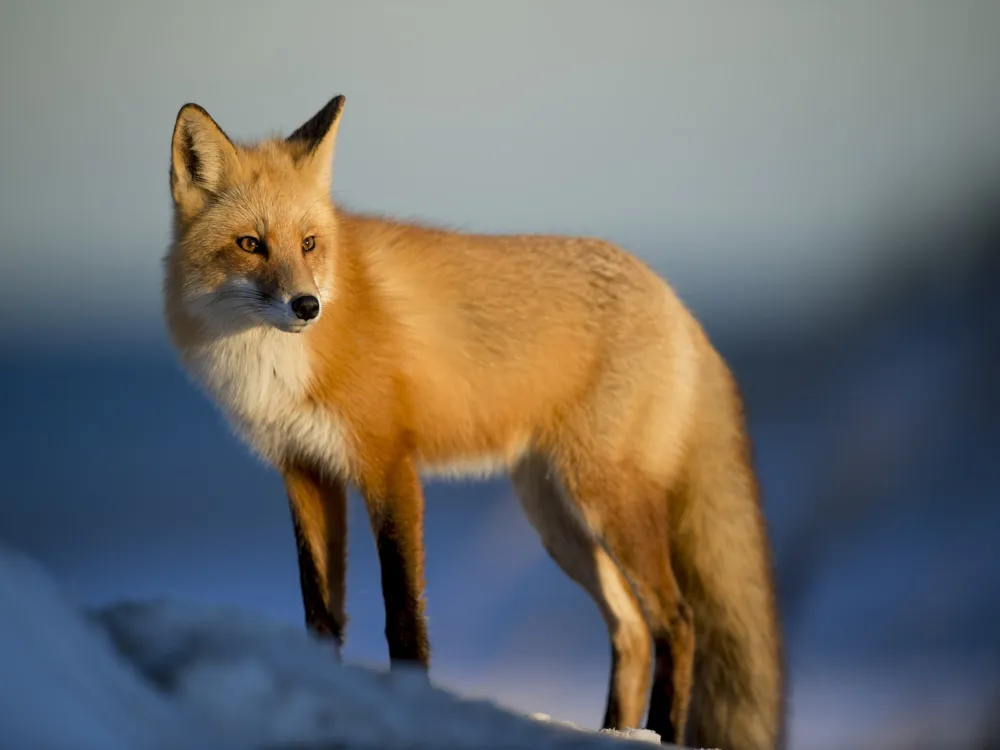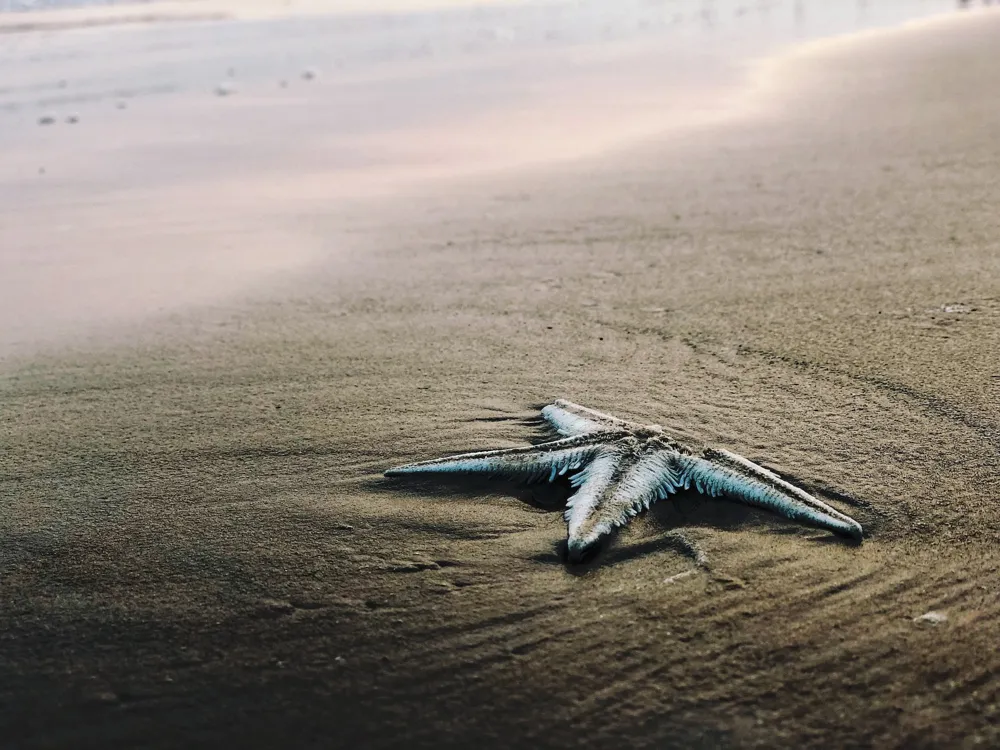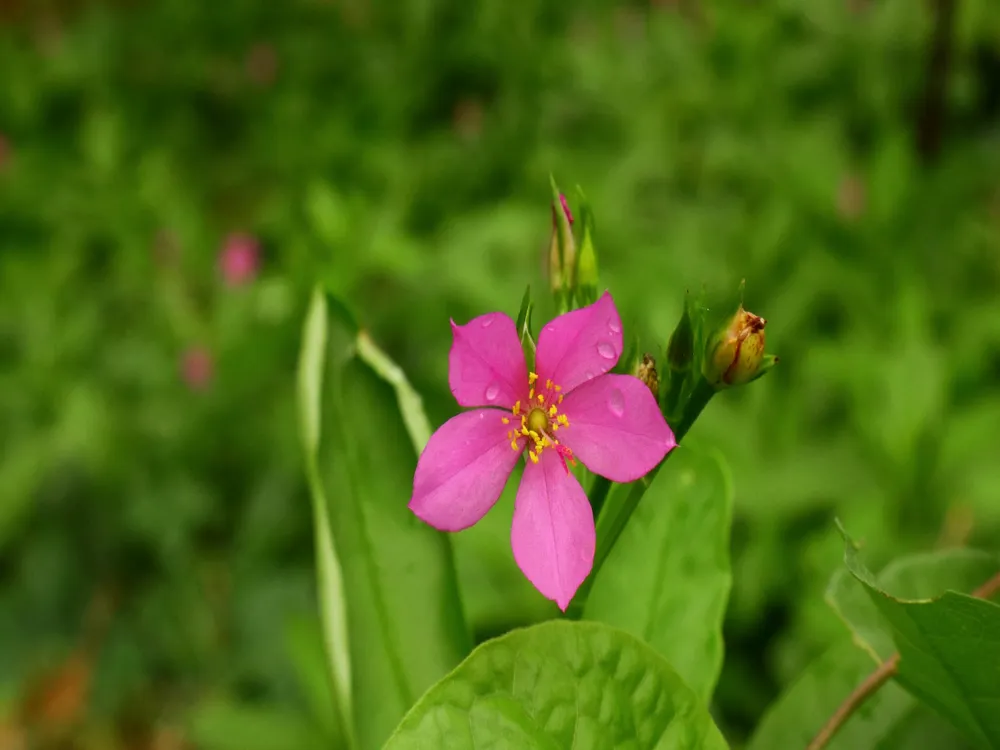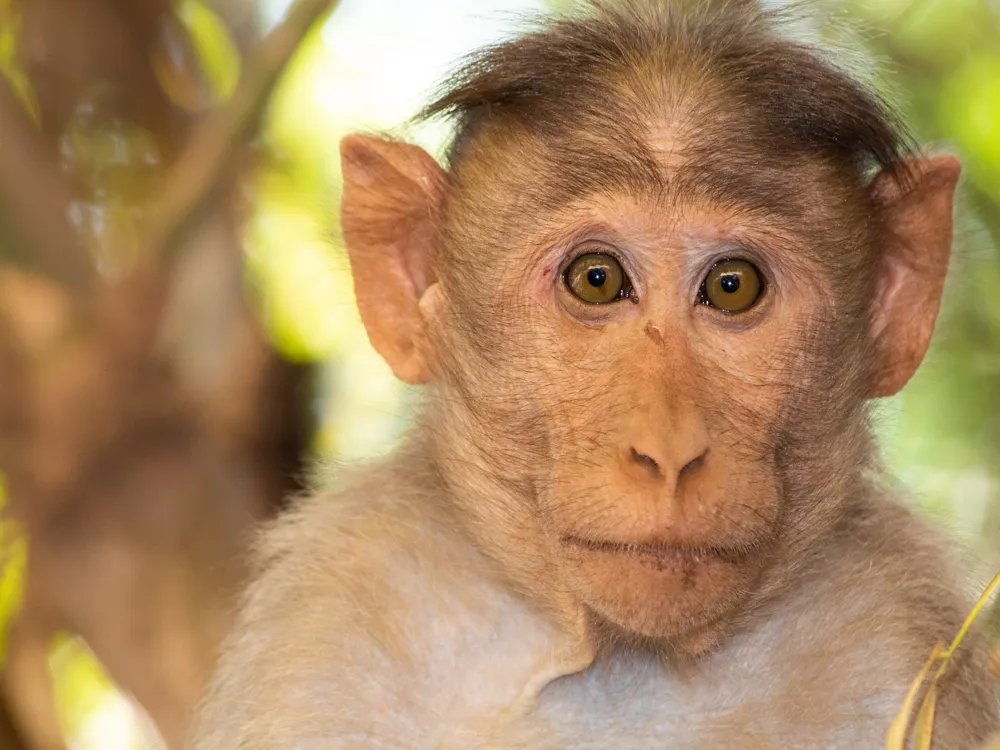Best Time to Visit Nagarjunsagar
Andhra Pradesh India
3 out of 11 Places to visit in Andhra PradeshNaN onwards View Packages
Get Customized PackagesThe Land of Diversity
Top Hotel Collections

Private Pool

Luxury Hotels

5-Star Hotels

Pet Friendly
What is the Best Time to Visit Nagarjunsagar?
Discovering the enchanting beauty of Nagarjunsagar demands strategic timing for an immersive experience. The optimal period to explore this reservoir and its surrounding attractions is during the winter months, from October to February. With temperatures ranging between 15°C to 25°C, the weather is comfortably cool, making it ideal for delving into the historical wonders, serene landscapes, and vibrant wildlife around Nagarjunsagar. This season avoids the sweltering summer heat and the disruptions of monsoon rains, providing visitors with an optimal setting to appreciate the tranquil beauty and cultural richness of Nagarjunsagar
More about Best Time to Travel to Nagarjunsagar
Travel Peak Season in Nagarjunsagar
Nagarjunsagar's peak season, from October to February, is the epitome of optimal weather and cultural vibrancy. With temperatures ranging between 15°C to 25°C, this period is ideal for exploring the reservoir, its islands, and the historical landmarks surrounding it. The peak season aligns with various cultural festivals, adding a vibrant touch to the exploration of Nagarjunsagar. Travelers during this time can cruise the serene waters, visit ancient temples, and witness the reservoir in its full splendor. Planning visits around festivals ensures a comprehensive and captivating experience in this serene destination.
Travel Offseason in Nagarjunsagar
The offseason in Nagarjunsagar, primarily during the scorching summer months from March to June, offers a unique perspective for intrepid travelers. While temperatures may rise, it's an opportune time for those seeking solitude and a closer connection with the reservoir's natural wonders. Indoor explorations, such as museum visits and birdwatching, offer respite from the heat. The offseason in Nagarjunsagar invites a quieter atmosphere, allowing for a more introspective and personalized connection with the reservoir's tranquility, away from the peak-season crowds.
Nagarjunsagar Travel Packages
View All Packages For Nagarjunsagar
Nagarjunsagar in Shoulder Season
Nagarjunsagar in the shoulder seasons, from March to June and September to October, presents a balanced climate for travelers. With temperatures moderating and fewer crowds, it's an opportune time for reservoir exploration and wildlife sightings. The shoulder seasons offer a quieter atmosphere compared to the peak months, allowing for a more intimate connection with Nagarjunsagar's natural wonders. Whether you're cruising the reservoir or observing the diverse birdlife, Nagarjunsagar in the shoulder season provides an optimal setting for an enriching and delightful experience.
Nagarjunsagar in Hot Season
Nagarjunsagar in the hot season, from March to June, experiences warmer temperatures, ranging from 30°C to 40°C. While the heat may be intense, this period offers a unique perspective on the reservoir's landscapes and wildlife. Cruising Nagarjunsagar during the hot season provides a different ambiance, with fewer fellow travelers and the opportunity to witness the reservoir against the backdrop of clear skies. It's an ideal time for enthusiasts who can withstand the heat and wish to delve into Nagarjunsagar's natural allure at their own pace.
Nagarjunsagar in Rainy Season
Nagarjunsagar in the rainy season, from July to September, transforms into a lush green landscape with occasional rain showers. While outdoor activities may be limited, the reservoir's islands and wildlife take on a different charm amidst the verdant surroundings. Travelers during the rainy season can explore Nagarjunsagar's natural wonders indoors, witness the beauty of the monsoon rains, and enjoy a quieter experience away from the crowds. The rainy season in Nagarjunsagar invites those who appreciate the beauty of nature and are willing to embrace the unique ambiance created by the rain in this serene destination.
Nagarjunsagar in Cool Season
Nagarjunsagar in the cool season, from October to February, unveils its tranquility in a comfortable climate. With temperatures ranging from 15°C to 25°C, this period is perfect for reservoir exploration, birdwatching, and cultural immersion. The cool season sets the stage for delightful festivals, adding to the enchanting atmosphere. Travelers during this time can relish the comfortable weather and immerse themselves in the rich biodiversity of Nagarjunsagar, making it an ideal period for a delightful and immersive experience in this serene destination.
Places To Visit In Nagarjunsagar
View All Places To Visit In NagarjunsagarNearby Places Nagarjunsagar
Nagarjunsagar Photos
Browse Package Collections
Browse Hotel Collections
Faq
Q: What is the best time to visit Nagarjunsagar?
A: The ideal time to visit Nagarjunsagar is during the winter months, from October to February, when the weather is pleasant and conducive for exploring the region.
Q: Are there any specific months to avoid visiting Nagarjunsagar?
A: It is advisable to avoid the summer months (March to June) due to high temperatures, which can soar above 40°C (104°F), making outdoor activities uncomfortable.
Q: Can Nagarjunsagar be visited during the monsoon season?
A: While Nagarjunsagar receives rainfall from June to September, the monsoon season may not be the best time to visit as heavy rains can lead to flooding, impacting travel plans and outdoor activities.
Q: What makes the winter months the best time to explore Nagarjunsagar?
A: The winter months offer a pleasant climate with temperatures ranging from 10°C to 25°C (50°F to 77°F), making it suitable for sightseeing, boat rides, and enjoying the natural beauty of Nagarjunsagar.
Q: Are there any festivals or events during specific months that are worth attending in Nagarjunsagar?
A: The festival of Maha Shivaratri in February or March is celebrated with great enthusiasm at the Nagarjunakonda island, attracting pilgrims and tourists alike.


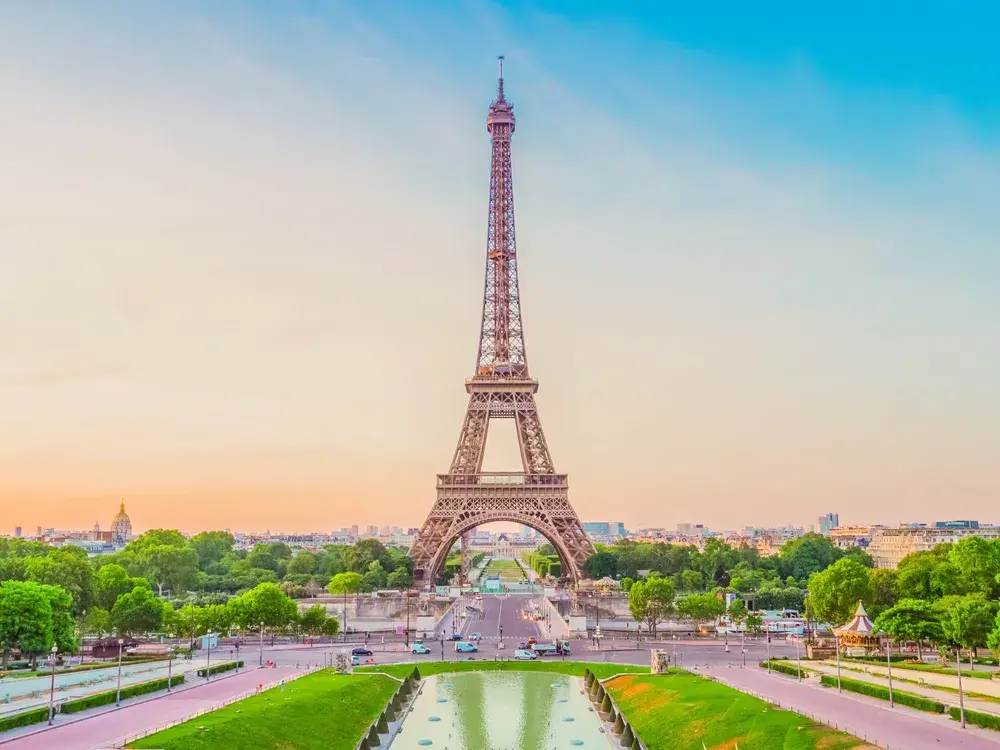
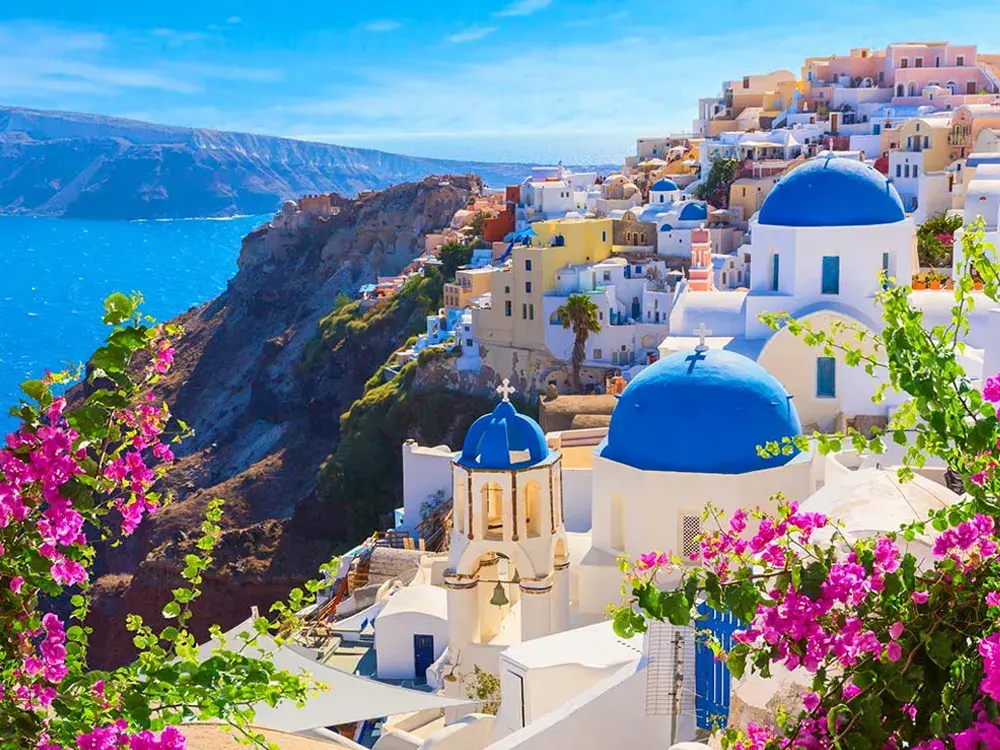
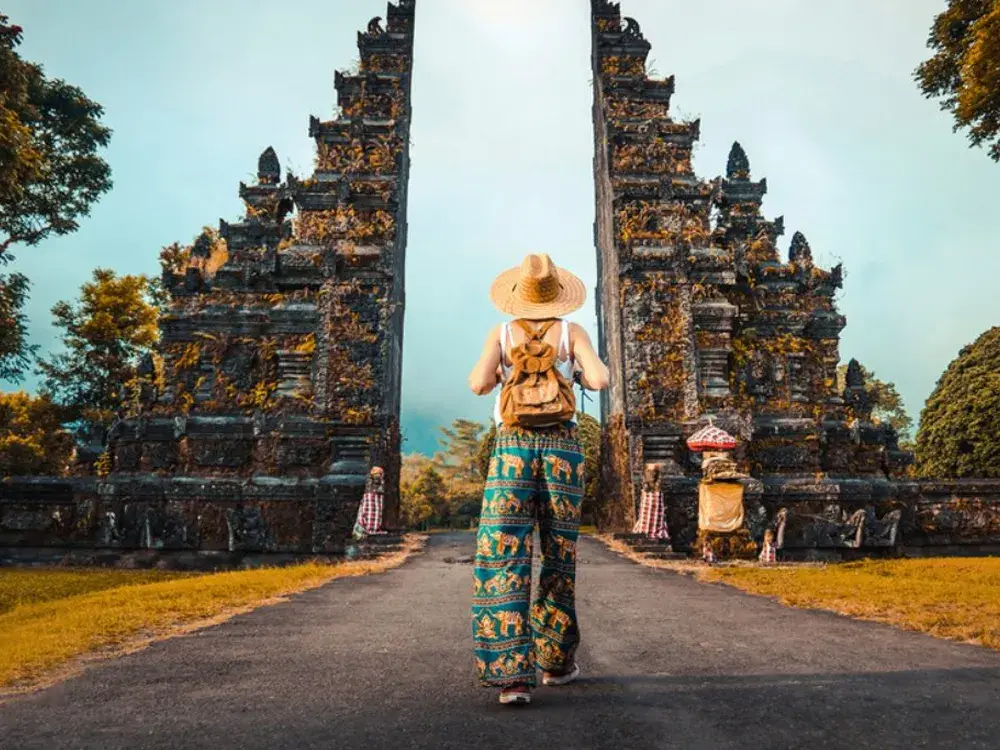
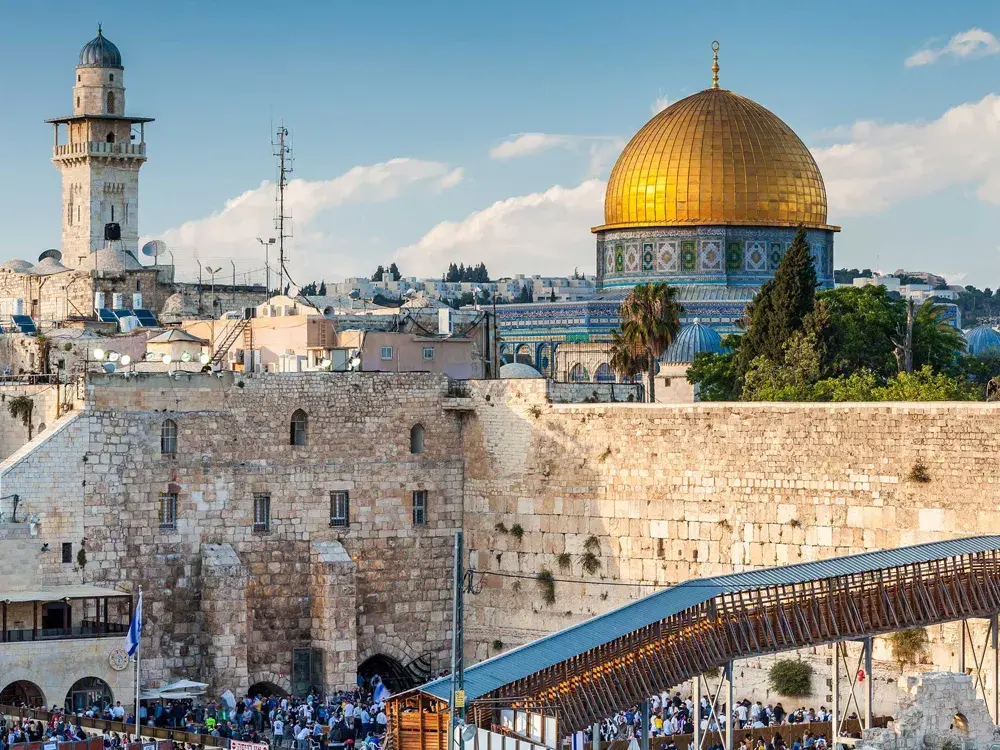
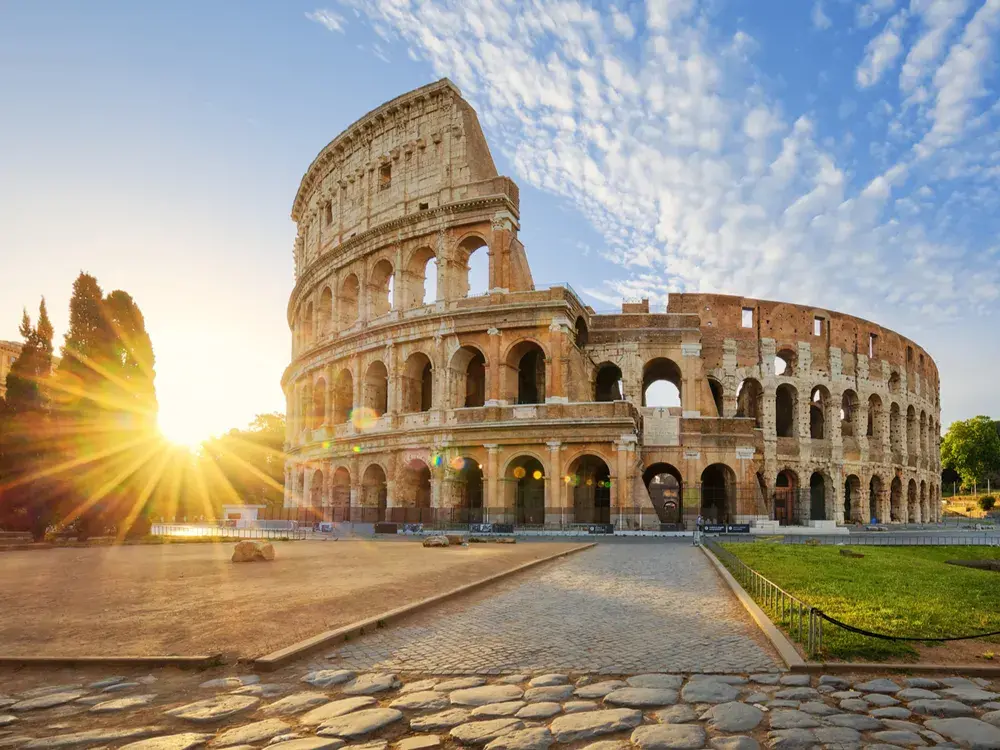
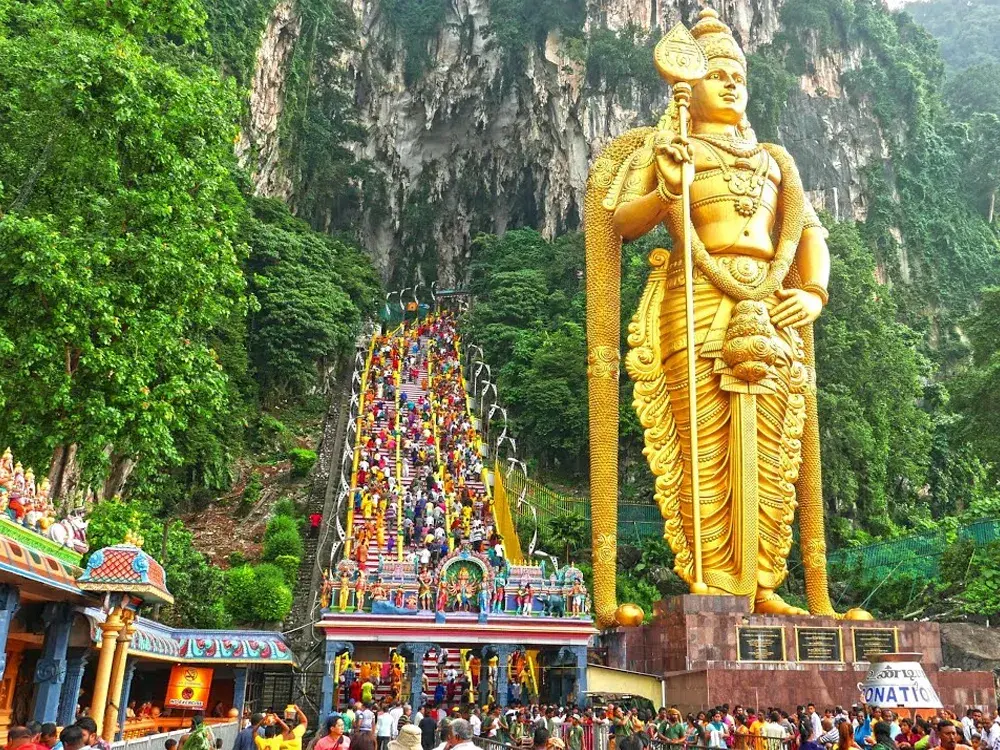
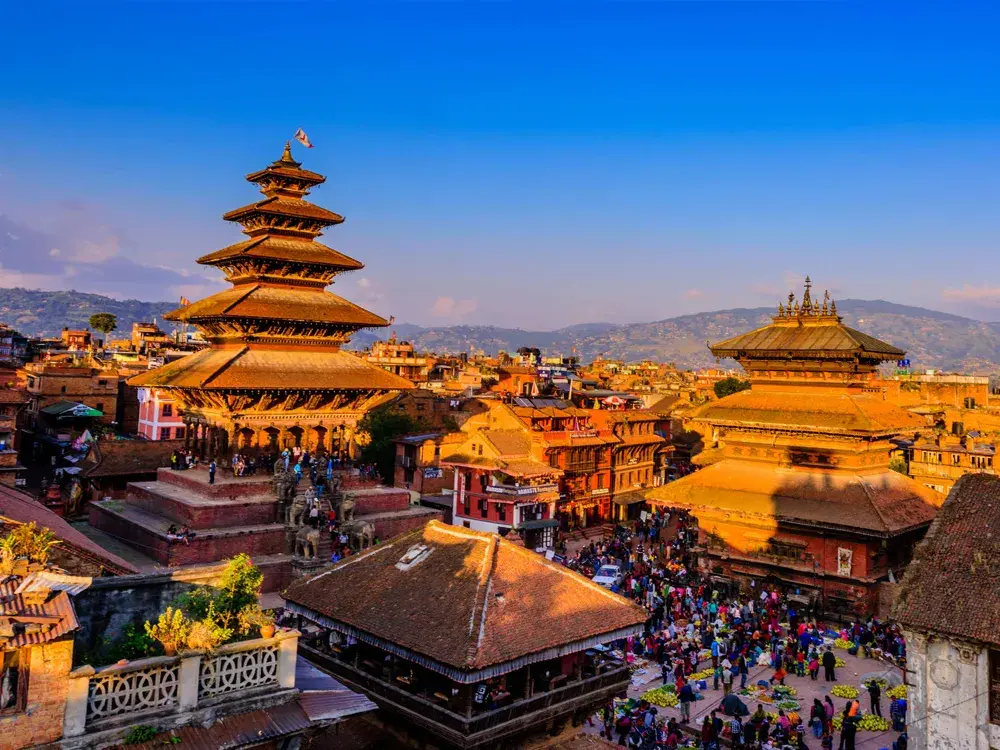
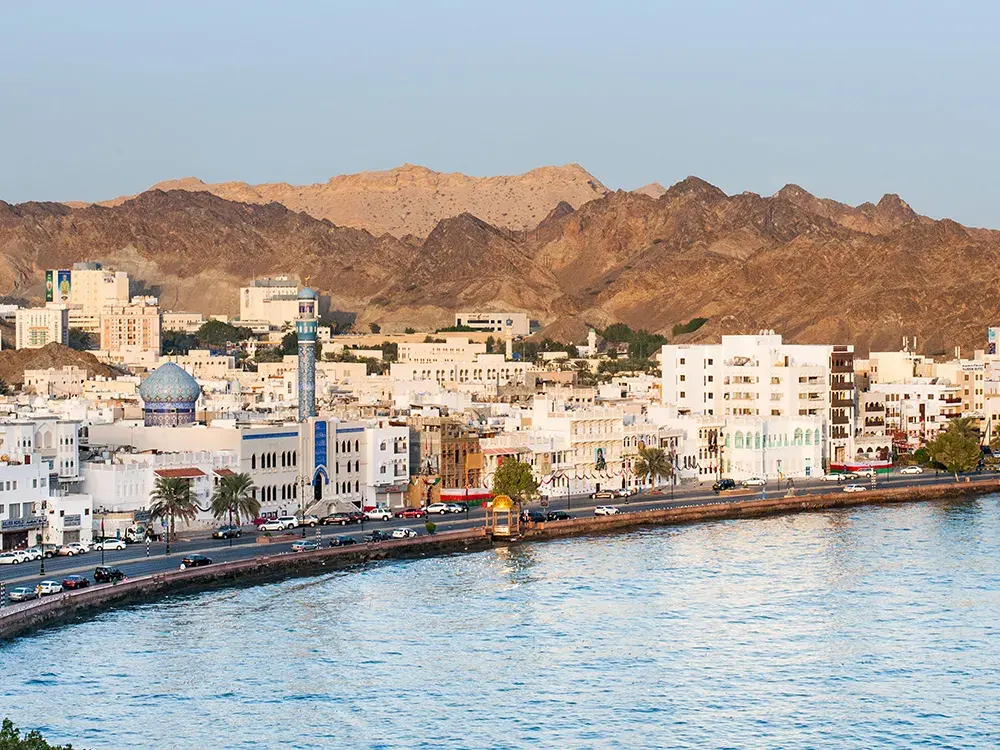
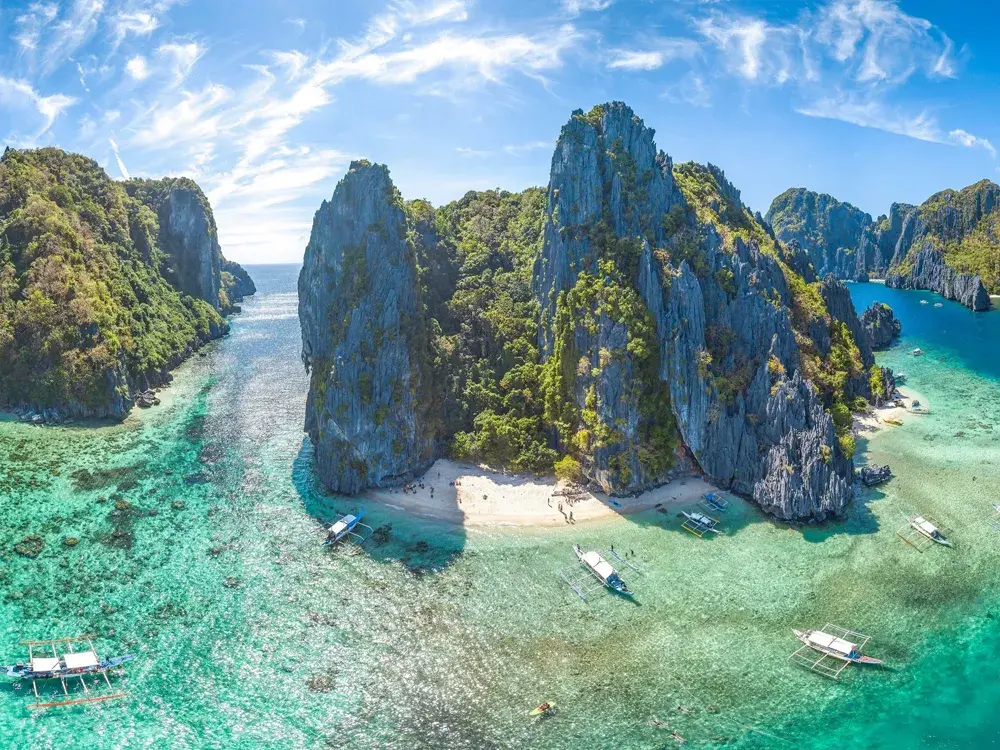
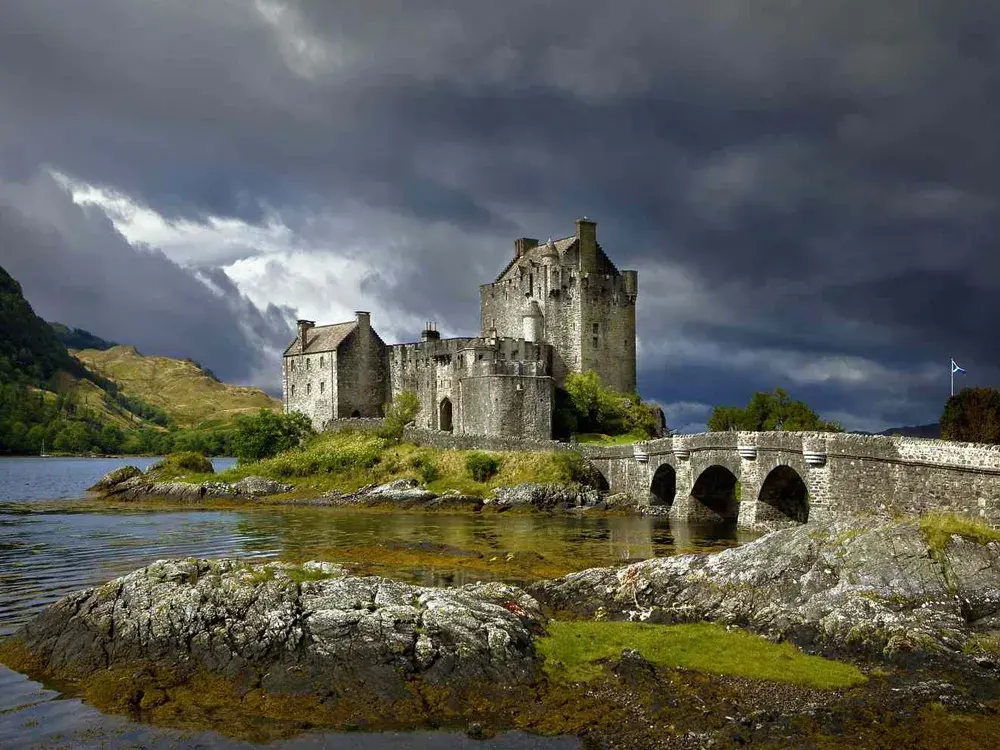
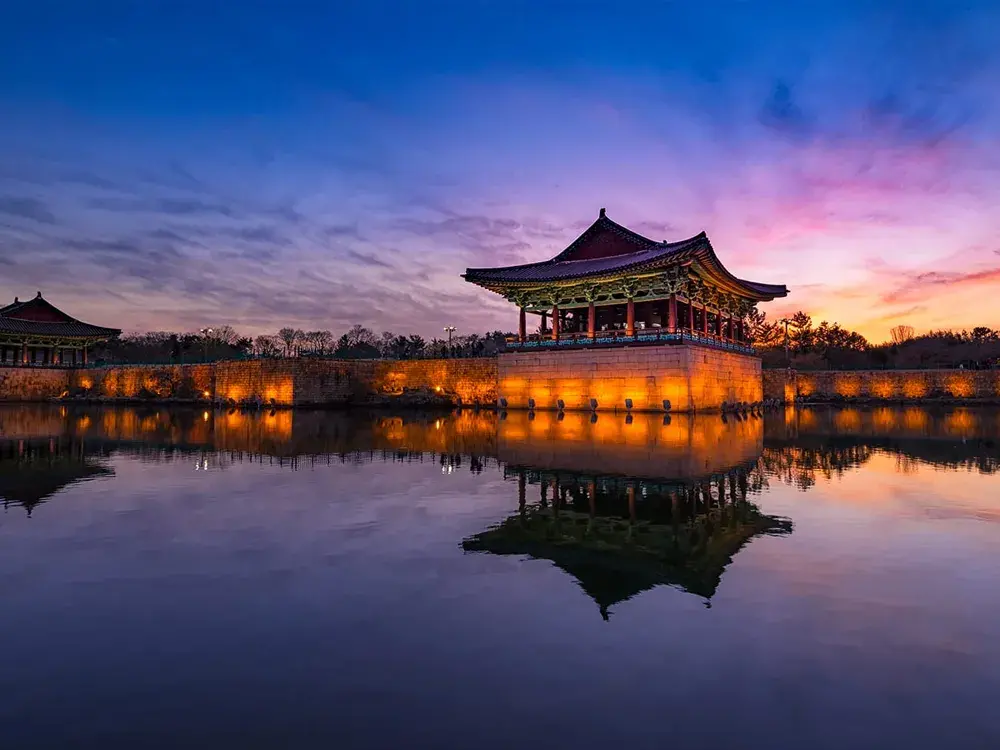
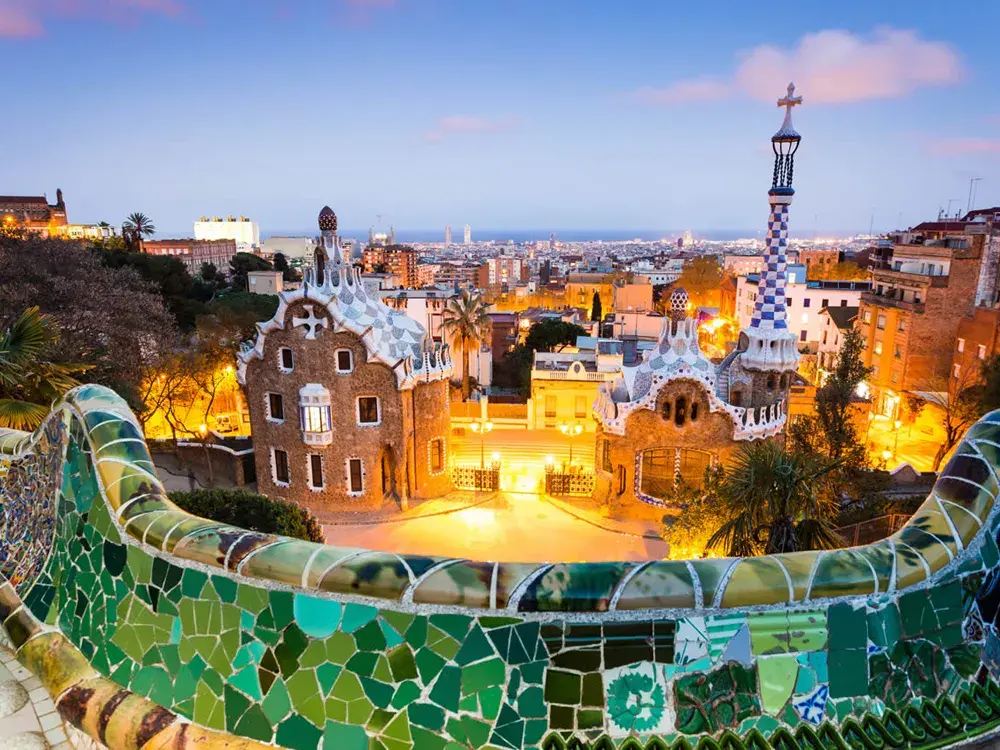
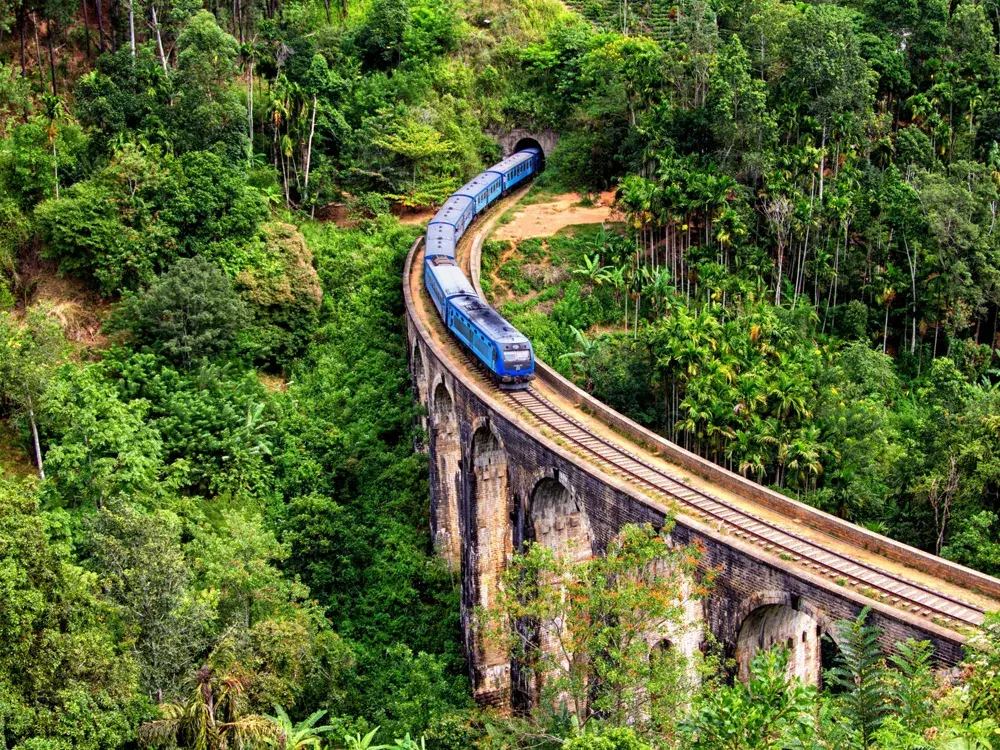
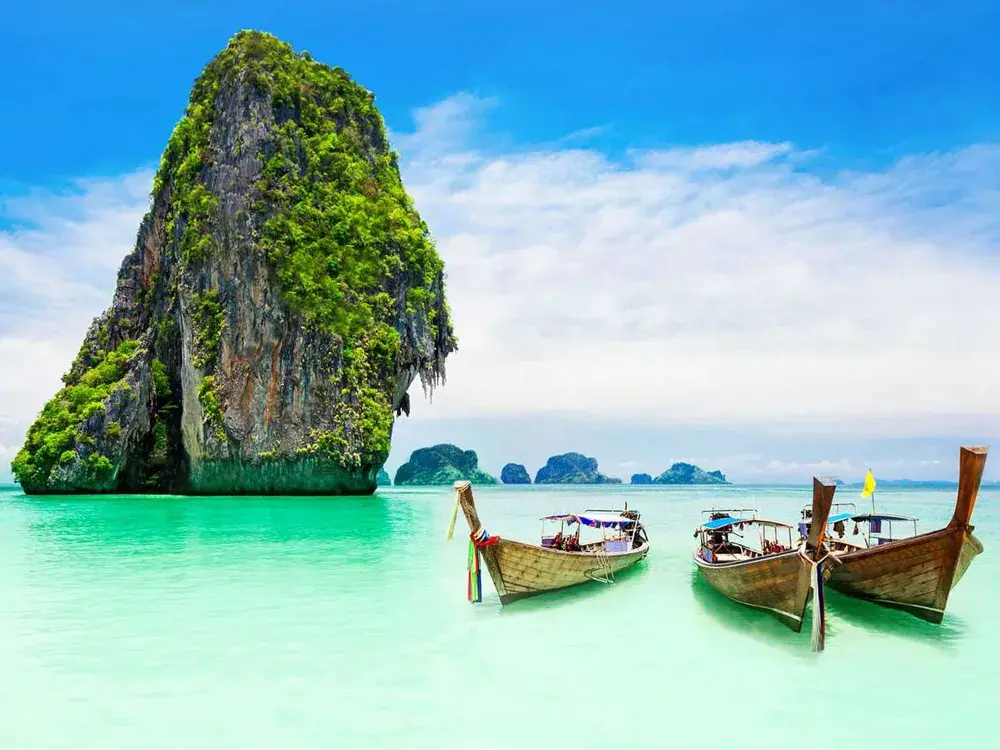
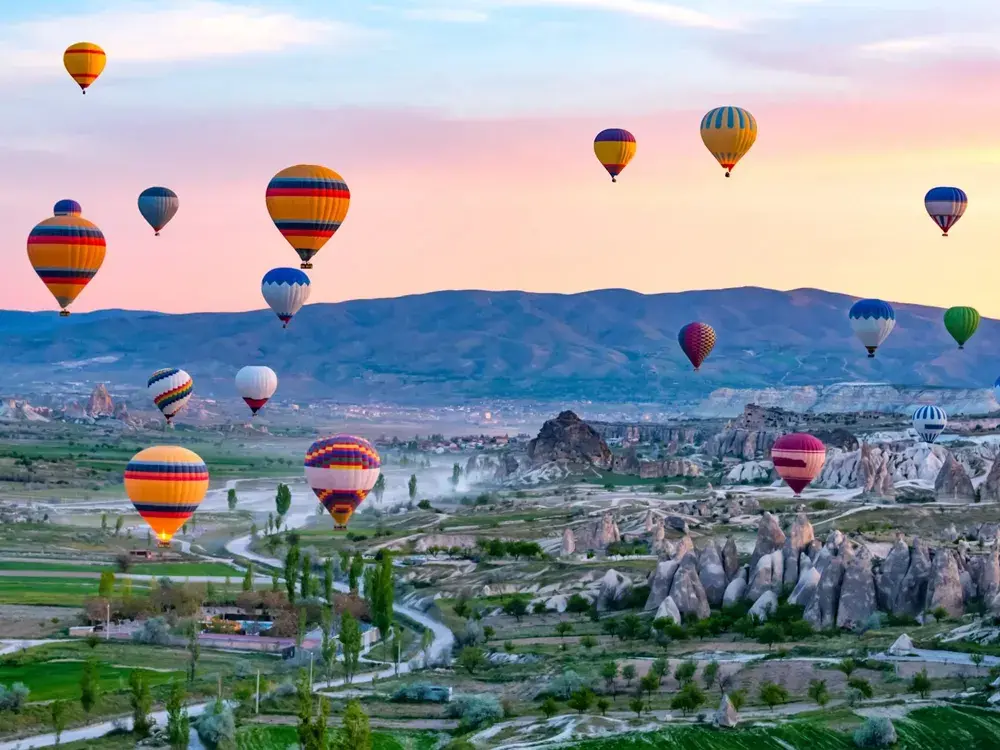
.webp)

